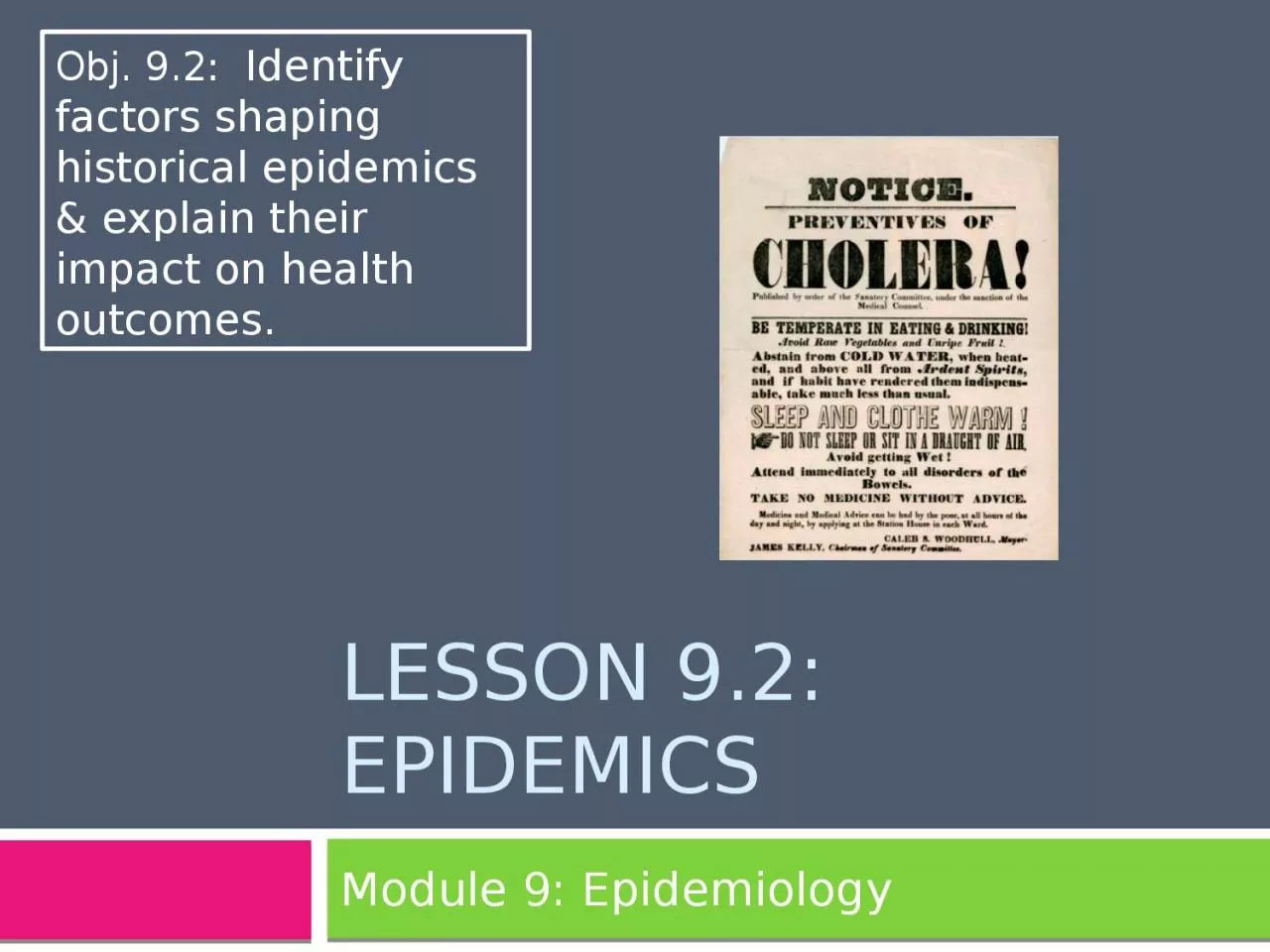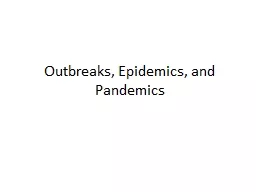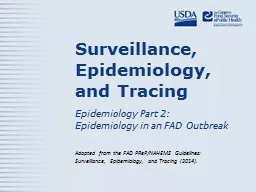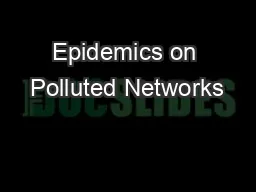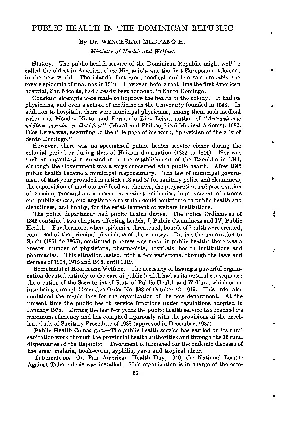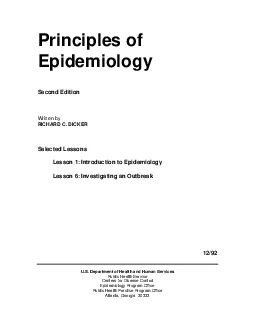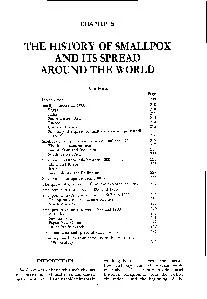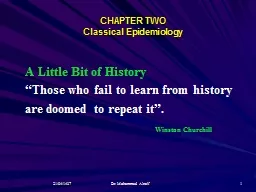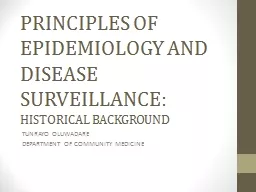PPT-Lesson 9.2: Epidemics Module 9: Epidemiology
Author : adah | Published Date : 2024-03-13
Obj 92 Identify factors shaping historical epidemics amp explain their impact on health outcomes Do Now 1 Which epidemic in the past 200 years killed the most
Presentation Embed Code
Download Presentation
Download Presentation The PPT/PDF document "Lesson 9.2: Epidemics Module 9: Epidemio..." is the property of its rightful owner. Permission is granted to download and print the materials on this website for personal, non-commercial use only, and to display it on your personal computer provided you do not modify the materials and that you retain all copyright notices contained in the materials. By downloading content from our website, you accept the terms of this agreement.
Lesson 9.2: Epidemics Module 9: Epidemiology: Transcript
Download Rules Of Document
"Lesson 9.2: Epidemics Module 9: Epidemiology"The content belongs to its owner. You may download and print it for personal use, without modification, and keep all copyright notices. By downloading, you agree to these terms.
Related Documents

